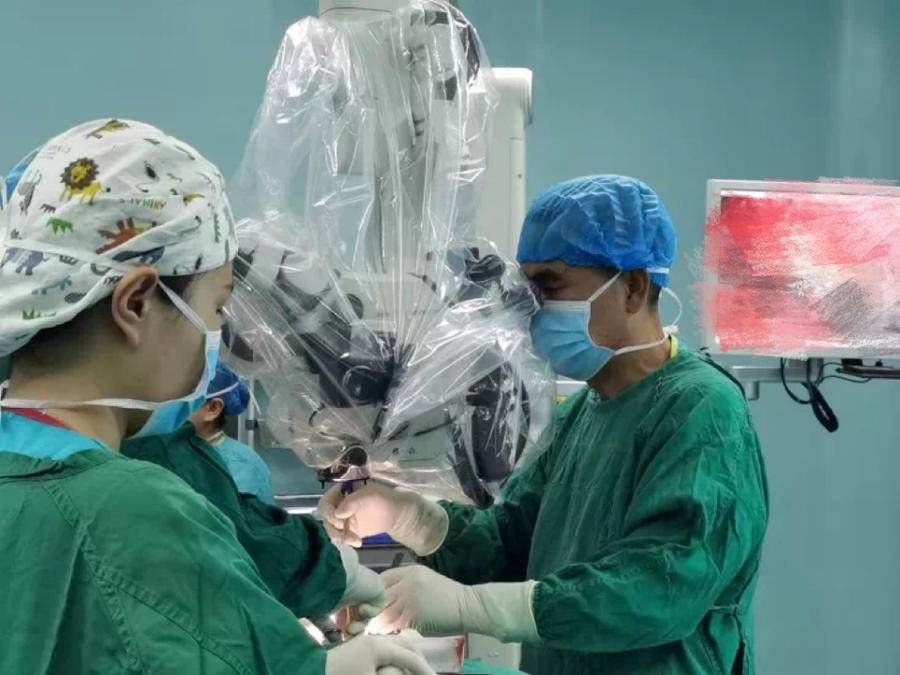Recently, the Department of Neurosurgery of Zibo First Hospital successfully completed 3 cases of carotid endarterectomy. The patients were all elderly. One of the patients was found to have progressive stenosis of the right internal carotid artery for 3 years asymptomatic, and oral medication was ineffective. ; The other two cases showed paroxysmal weakness on one side of the limbs, and MRI found that there had been mild old cerebral infarction.
After the patient was hospitalized, Zhou Debao, director of neurosurgery of Zibo First Hospital, immediately organized a discussion in the department to improve the preoperative examination and evaluation (including head MRI scan + perfusion, cerebral angiography). There was no acute cerebral infarction, the location and degree of cerebral vascular stenosis, and the compensation of peripheral blood vessels. After evaluation, all 3 patients showed cerebral ischemia on the side of the lesion, stenosis at the origin of the carotid artery was more than 90%, and cerebral angiography showed that the circle of Wills was well compensated. The surgical indications were clear, and there were no surgical contraindications. After surgical treatment, the patient and his family were communicated with the treatment plan and decided to perform carotid endarterectomy.

The operation is performed through a straight incision of about 5cm in the neck, and the internal carotid artery is reached through the neck tissue space to minimize the surgical trauma. The carotid plaque was completely removed during the operation, and the small plaque residue was carefully removed to avoid postoperative recurrence and new postoperative cerebral infarction. The carotid artery and carotid sheath were tightly sutured to avoid postoperative local bleeding. Postoperative observation in the intensive care unit for 1 day, strict control of blood pressure, to avoid postoperative excessive perfusion and other complications. The patient is less painful and has a short hospital stay. No need to remove sutures after surgery, and can be discharged in 3-5 days.
Health Science
Carotid artery stenosis is one of the main causes of ischemic stroke in the elderly, which can lead to paralysis of one limb or even endanger it. Life, obvious stenosis or clinical symptoms should be treated with surgery as soon as possible. At present, the main surgical treatment methods are carotid endarterectomy and carotid stent implantation. In most cases, patients can choose any of these treatment options, but for patients who cannot tolerate long-term oral aspirin after surgery, carotid plaques are hard plaques, carotid arteries are excessively tortuous, and carotid artery restenosis after carotid stent implantation. Membrane stripping surgery is the first choice. The two methods have their own advantages and disadvantages. The obvious surgical effect, extremely low recurrence rate, and low cost are the main advantages of internal carotid artery stripping. Open surgery is the main reason why many people do not want to operate. With the minimally invasive operation, it has been More and more patients choose endometrial ablation surgery.
(Zhou Yanning and Feng Zhiyuan)